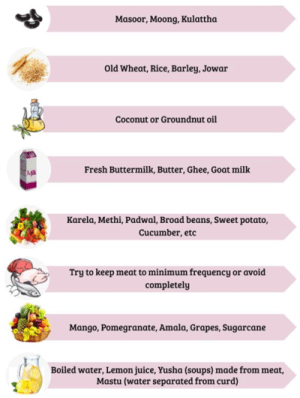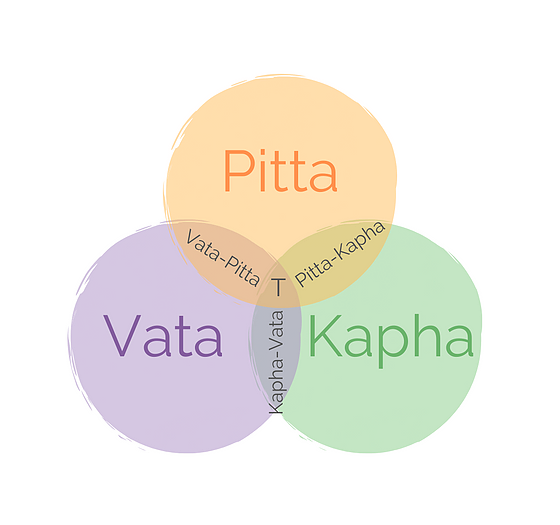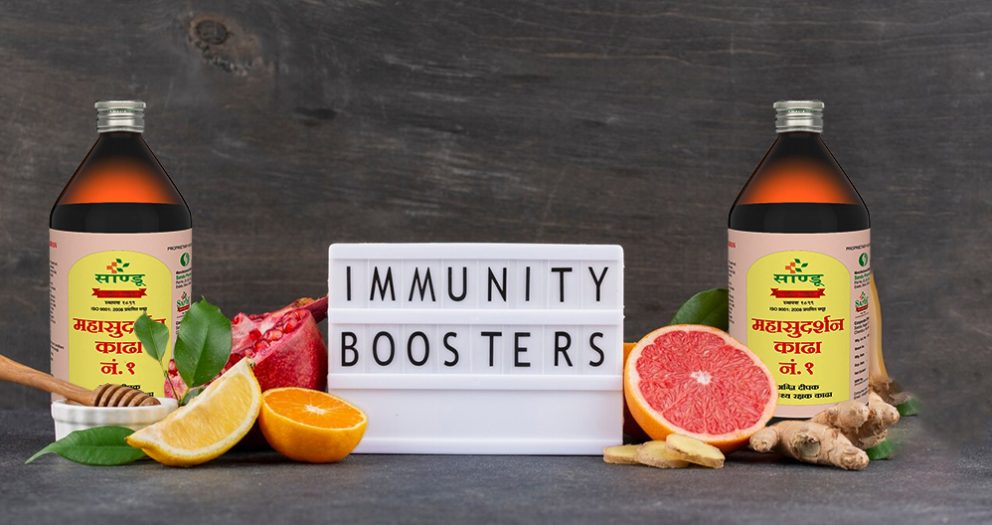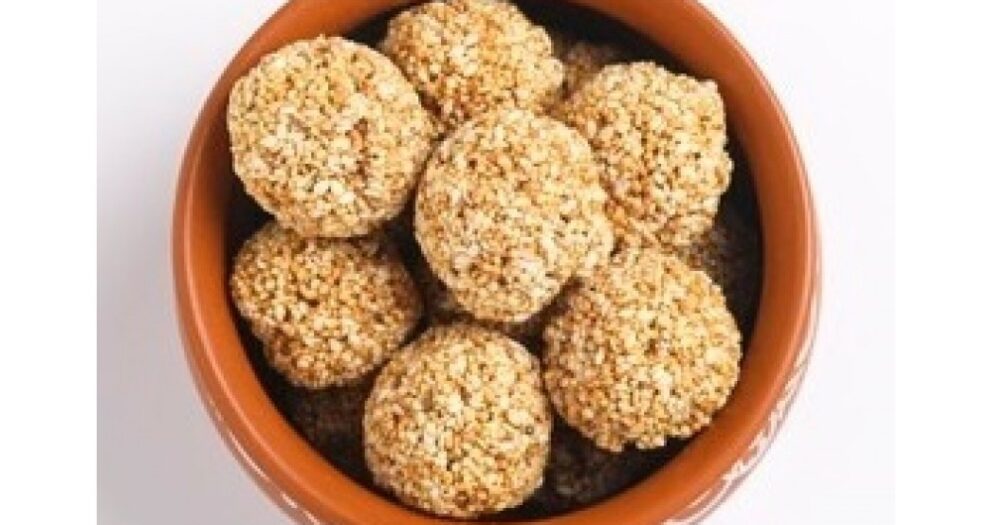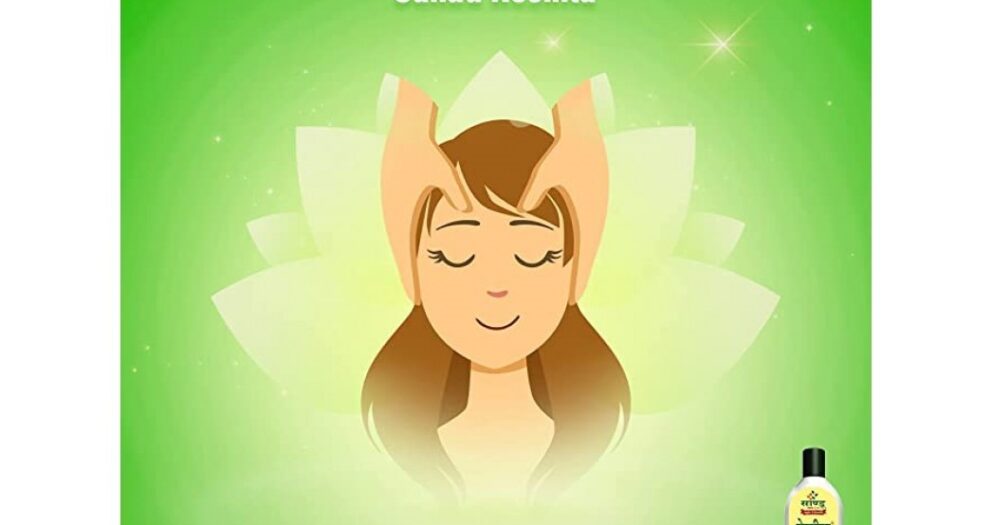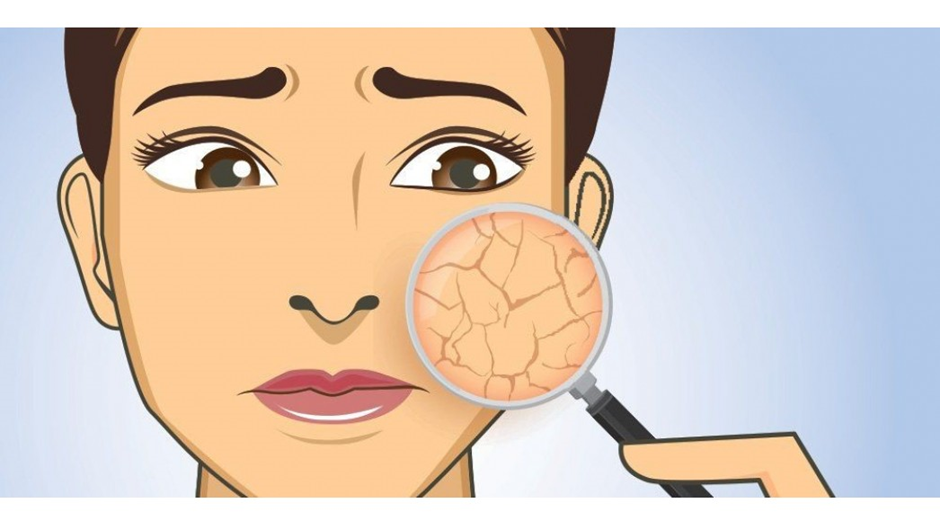14th November may be celebrated as Children’s Day in India, but Globally it has a greater significance as being World Diabetes Day. The blue circle in the logo adopted by the UN represents global diabetes awareness. ‘It signifies the importance of unity of the community globally about diabetes in response to the diabetes epidemic’- IDF (International Diabetes Federation).
We at Sandu Pharmaceuticals want to do our bit in raising awareness on this subject.
We Indians love a hearty meal, which usually leads to your full tummies & a longing for a short nap. Did you know, these frequent short naps can really shorten the quality of life you may have? You may be wondering why we are ruining the joy of your favorite day-time activity. How in the world does it relate to our agenda of raising awareness? Well!!! We have your best interest at heart.
Diabetes can be correlated with Ayurvedic diseases like Prameha, Medoroga (metabolic disorders) & Santarpaniya Vyadhi (disorders due to overnutrition). Prameha is one of the conditions that are seen as a result of Medoroga & Santarpaniya Vyadhi, followed by disorders such as ati-sthoulyata, cardiovascular disorders, memory and intellect defects, lethargy etc. So, when taking a look at the causes for Prameha (Diabetes) we find that Divaswap or daytime napping is listed as one of them. Thus, the common denominator between all three that we can identify is Divaswap.
Ayurveda says that in prameha, unhealthy lifestyle leads to vitiation of all the dosha & dhatus which have jala mahabhuta predominance. So, there is malfunction of kapha dosha predominantly along with pitta & vata dosha. Also we find there is malfunctioning of meda dhatu (mainly) along with other 9 body tissues. The result of this is excess urination, thirst, hunger, profuse sweating etc which are the most common symptoms in diabetic patients. Divaswap vitiates all three doshas in our body. This along with other causative factors leads to various disorders.at modern research says about the effects of frequent daytime napping is represented in the schematic.
Frequent day-time napping causes:
· Increase in BMI
· Waist circumference (central adiposity)
· Increased fasting insulin
· Increased cholesterol & cholesterol related lipoproteins
· Fatigue & bodily pain
· Disturbed sleep efficiency at night.
The stated factors are usually related to increased risk of cardiovascular & metabolic diseases. Just as we give a lot of thought when it comes to investments, similarly we must spare the same for our lifestyle. As what we do daily is ultimately an investment to our health for now & future. Haven’t we voluntarily chosen this habit of frequent day-time napping as part of our lifestyle? We know old habits die hard but correcting this is within our capability. So take this one small step towards your health & limit your daytime napping.
We ask you this, if prevention is better than cure, why wait?
Snooze your habit of snoozing for an improved healthy lifestyle, before it’s too late.
As the theme of World Diabetes Day for the year 2021-2023 is ‘Access to Diabetes Care’,
Sandu offers:
· Debix
· Vasant Kusumakar Rasa
· Chandraprabha Gutika
